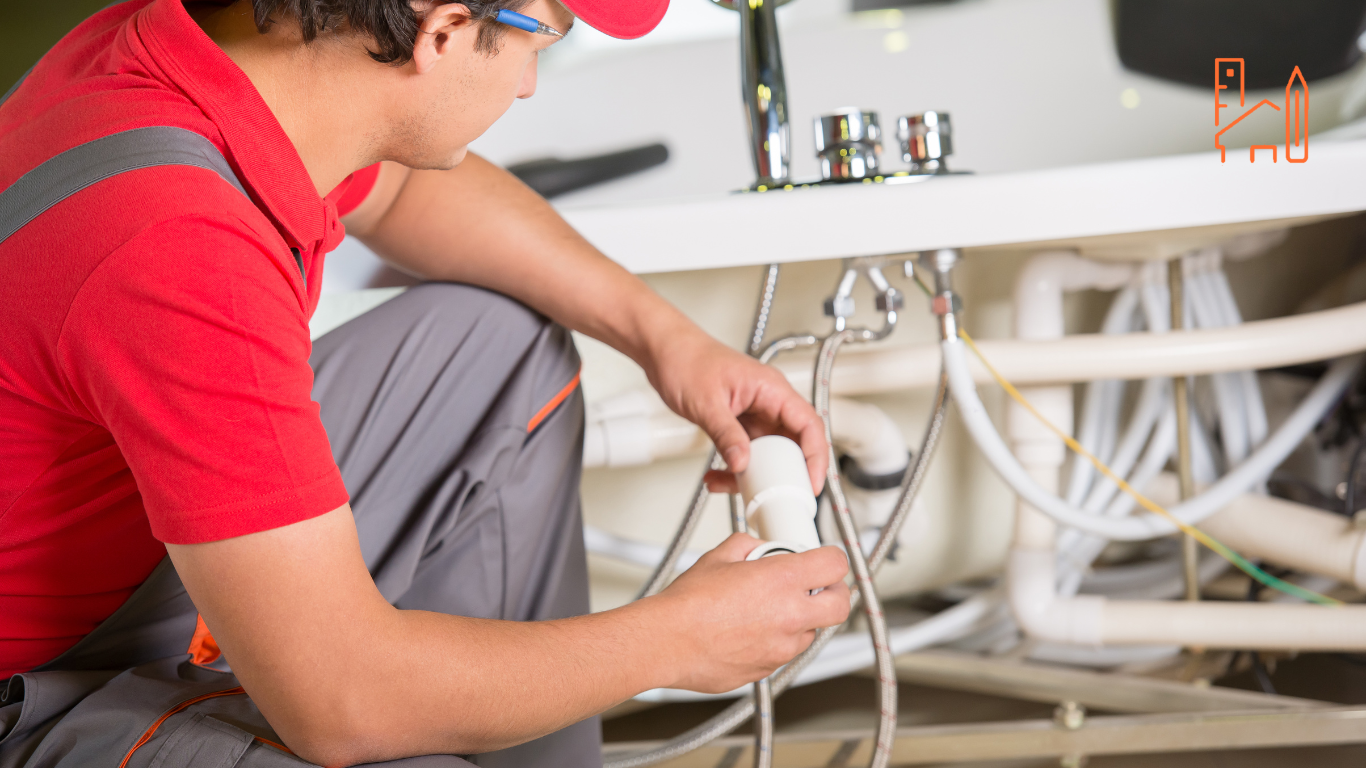Plumbing issues can strike at the most inconvenient times, often leading to expensive repairs if left unchecked. For beginners looking to save money and maintain their home efficiently, learning a few essential plumbing tips can make all the difference. This guide, 10 Powerful DIY Plumbing Maintenance Tips for Beginners to Avoid Costly Repairs, is your ultimate resource for tackling minor plumbing tasks with confidence. From preventing leaks to keeping your pipes in top shape, these practical insights will help you stay ahead of costly plumbing problems.
Why Plumbing Maintenance Matters
Plumbing maintenance is crucial for every homeowner. A well-maintained plumbing system ensures the smooth functioning of your home, prevents costly repairs, and improves overall water efficiency. Neglecting basic maintenance can lead to clogged drains, leaky pipes, or even severe water damage, which can be both expensive and stressful to resolve.
By taking proactive steps to care for your plumbing, you can identify small issues before they escalate into significant problems. Regular maintenance also helps extend the lifespan of your plumbing fixtures and pipes, saving you money in the long run. For beginners, starting with DIY Plumbing Maintenance Tips for Beginners can build the skills and confidence needed to address common plumbing concerns effectively.
The Importance of Preventive Maintenance
Common Plumbing Problems You Can Avoid
Safety Tips Before You Begin
10 Essential Plumbing Maintenance Tips
Regular plumbing maintenance can save you time, money, and frustration by preventing issues before they become costly repairs. These 10 essential tips are practical steps that even beginners can follow to keep their plumbing system in optimal condition. They align perfectly with the principles of DIY Plumbing Maintenance Tips for Beginners.
1. Inspect for Leaks Regularly
Small leaks can quickly escalate into major problems. Check under sinks, around toilets, and near appliances like dishwashers for any signs of water. Look for damp spots, discoloration, or mold growth. Address leaks immediately to avoid water damage and higher utility bills.
2. Clean Faucets and Showerheads
Mineral deposits can reduce water flow and efficiency. To clean faucets and showerheads, soak them in a vinegar solution overnight and scrub with a brush. This simple maintenance tip ensures smooth water flow and prolongs the life of your fixtures.
3. Check Your Water Pressure
High water pressure can strain your plumbing system, while low pressure may indicate blockages. Use a water pressure gauge to check the levels, which should ideally be between 40-60 PSI. If the pressure is too high, consider installing a pressure regulator.
4. Prevent Clogged Drains
Clogged drains are a common issue that’s easy to prevent. Use drain covers to catch debris, avoid pouring grease down the sink, and regularly flush drains with hot water and baking soda. Staying proactive helps maintain a free-flowing plumbing system.
5. Maintain Your Garbage Disposal
Keep your garbage disposal in good condition by running it with cold water and feeding it small amounts of waste at a time. Avoid grinding fibrous foods, bones, or coffee grounds. Regularly clean it with ice cubes and citrus peels to prevent odors.
6. Insulate Pipes in Winter
Frozen pipes can burst and cause significant damage. Before winter arrives, wrap pipes in unheated areas with foam insulation or heat tape. This simple step protects your plumbing system during freezing temperatures.
7. Replace Worn-Out Washers
Leaky faucets are often caused by worn-out washers. Inspect your faucets regularly and replace the washers if you notice drips. This quick fix reduces water waste and prevents further damage to the fixture.
8. Test Your Water Heater
Ensure your water heater is functioning efficiently by flushing it annually to remove sediment buildup. Check the temperature setting—it should be around 120°F to prevent scalding and improve energy efficiency. Inspect the anode rod periodically and replace it if necessary.
9. Know the Main Shut-Off Valve
In case of a plumbing emergency, knowing the location of your main shut-off valve is crucial. Ensure everyone in your household knows where it is and how to turn it off to prevent water damage during a burst pipe or major leak.
10. Regularly Inspect Outdoor Plumbing
Outdoor plumbing, such as garden hoses, spigots, and irrigation systems, often goes unnoticed. Check for leaks, cracks, or wear, especially after winter. Disconnect hoses during colder months to prevent freezing and damage.
By following these 10 essential plumbing maintenance tips, you can take control of your home’s plumbing system and prevent costly repairs. Each of these steps aligns with DIY Plumbing Maintenance Tips for Beginners, making them accessible and easy to implement. A little maintenance effort today can save you from significant headaches and expenses down the road.
Online Resources for DIY Plumbing
Regular plumbing maintenance can save you time, money, and frustration by preventing issues before they become costly repairs. These 10 essential tips are practical steps that even beginners can follow to keep their plumbing system in optimal condition. They align perfectly with the principles of DIY Plumbing Maintenance Tips for Beginners.
Top Websites for Plumbing Tutorials
This part lists reputable websites where beginners can find reliable information, including detailed step-by-step guides and visual aids. Resources like Family Handyman, YouTube, and This Old House are highlighted for their expertise and accessible tutorials. These platforms are ideal for visual learners and those seeking comprehensive solutions to common plumbing problems.
Recommended Plumbing Maintenance Apps
This part introduces mobile apps designed to make DIY plumbing easier. Apps like iPlumb, BrightNest, and Plumbing Formulator provide tools such as calculators, maintenance schedules, and guided tutorials. They cater to different needs, from organizing tasks to providing real-time assistance for plumbing fixes.


